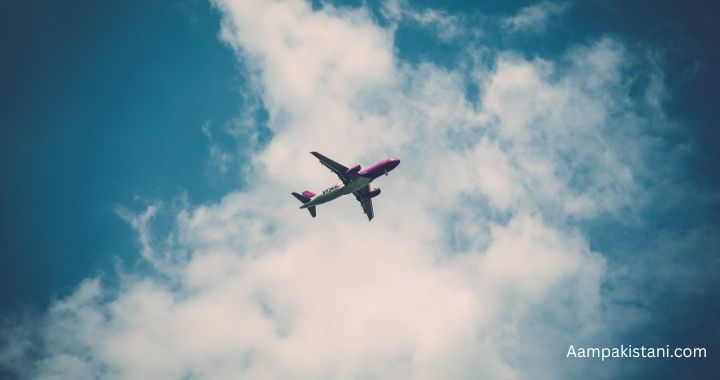I think becoming a pilot is the dream career of at least 1 out of every 5 Pakistani kids. There was a time when I used to dream of becoming a pilot. Here, you will learn about a complete and straightforward process of becoming a pilot. If you’ve just completed your FSC (Pre-Engineering or Pre-Medical) and want to soar the skies, this guide is for you. From qualifications to licenses, flight schools to financial support—here’s everything you need to know to start your journey as a licensed pilot in Pakistan.
Step-by-Step Guide to Becoming a Pilot
Step 1: Meet the basic educational requirements
To start flight training in Pakistan, you must have some basic educational requirements:
- FSC: You should complete your grade 12 in the mathematics group, as this group includes physics as well. Studying physics in FSC will make it possible for you to understand the principles of aviation.
- A minimum of 60% marks (some academies may accept slightly less)
- A good understanding of English is required, as it’s the official language of aviation. Some academies, like Rawalpindi Flying Club, take a communication test before giving admission.
If you studied A-levels, ensure your qualifications are equivalent to FSC through the IBCC.
Step 2: Obtain a Class 1 medical certificate
Before joining any flying school, you must get a Class 1 medical certificate approved by the Pakistan Civil Aviation Authority (PCAA). Aviation clubs like Karachi Aviation Club provide facilitation services for getting a Class 1 Medical certificate. The test includes
- Physical examination
- Vision and hearing tests
- ECG and overall health check

Step 3: Choose the PCAA-approved flight school
Here are some popular flying academies in Pakistan:
- Lahore Flying Club (Lahore)
- Karachi Aero Club (Karachi)
- SkyWings Aviation Academy (Lahore)
- Hybrid Aviation (Lahore)
- PIA Training Centre (Karachi)
Make sure that you choose an institute that is approved by PCAA and has a good reputation, modern trainer aircraft, and certified instructors. After getting induction, you will get training of 4-12 months before starting flying training.
Step 4: Get Your Private Pilot Licence (PPL)
After getting training in your academy, you will be allowed to fly under supervision on training aeroplanes. Then you will be eligible to get a Private Pilot Licence (PPL). First of all, complete your 40 flying hours and Pas PPL theory exam. This exam includes Navigation, Meteorology, Aerodynamics, Air Law, etc. This is your first step toward becoming a commercial pilot.

Step 5: Obtain the Commercial Pilot Licence (CPL)
After completing PPL, the next goal is CPL, which allows you to fly commercially. You can apply for CPL after 200 flying hours. This will take 40 hours of PPL into account as well.
Requirements for CPL in Pakistan:
- Pass the CPL theory exams
- Additional training, like instrument rating, night flying, and cross-country flights
- Final flight test with a certified examiner
Step 6: Advance Your Career with ATPL
Once you gain experience and aim for airline jobs, you can get the Airline Transport Pilot Licence (ATPL) by:
- Passing written exams
- Meeting minimum flight hours (usually 1,500+ hours total)
- Type rating for specific aircraft (e.g., Boeing, Airbus)
Cost of Becoming a Pilot in Pakistan
The total cost varies by institution, but can be broken down roughly:
- Medical exam: Rs. 10,000–20,000
- PPL training: Rs. 1.5–2.5 million PKR
- CPL training: Rs. 4–6 million PKR
- Additional costs: Books, uniforms, accommodation, exam fees
You may consider education loans, scholarships, or help from banks and credit unions to manage your budget.
Related Certifications and Skills
To stand out in the aviation job market, you can get certified in instrument flying, type rating, and flight simulator training. Develop strong communication, navigation, and decision-making skills. Keep up with the aviation weather, regulations, and air traffic control protocols
Tips for Aspiring Pilots in Pakistan
- Start early: Apply to academies right after FSC
- Stay fit: Maintain your medical standards.
- Do your research: Compare flight schools, facilities, and aircraft
- Build hours: Fly consistently and gain diverse flying experience
- Network: Join groups like PALPA or follow portals like Aviationfly for opportunities







